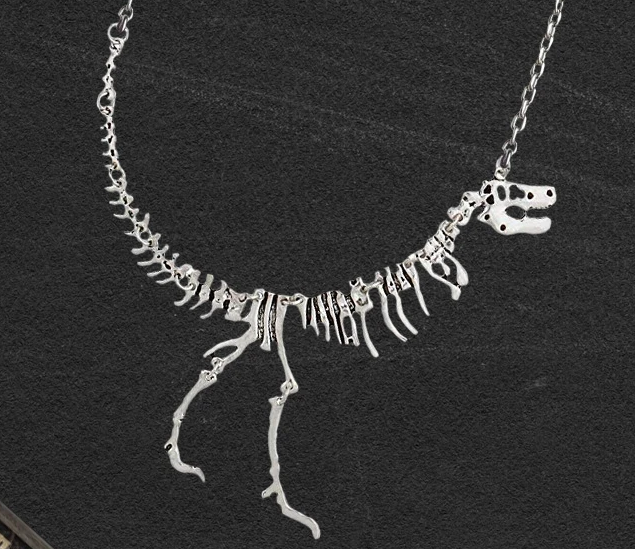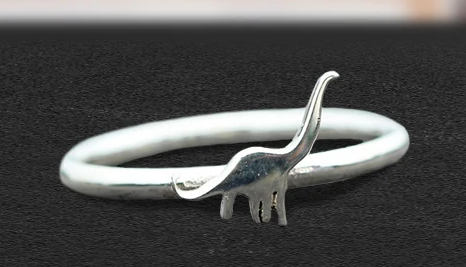Listened to a Zach Bush on the “Live Healthy Be Well” podcast. Zach Bush clearly has some training in sci and med, he uses a technical terms, but he uses them all wrong, and the result is gibberish. “Viruses integrate into the human genome and let us adapt”? Complete nonsense, and Zack cribbed the plot from “Darwin’s Radio” by Greg Bear* (1999).
The idea this happens all the time–that viral diseases go away because people integrate the viral DNA into their genome and adapt, and this is why SARS and MERS didn’t turn into pandemics–complete nonsense. Zach Bush says he is participating in a “New York clinical trial fund” on human adaption to COVID-19–a fabrication, there is no such clinical trial,
and Zach will never publish the results because it isn’t happening. And a clinical trial is a trial of a medical treatment, and he seems to be saying he’s going to study people w
ho recovered from COVID-19, so a clinical study, not a clinical trial. But it’s all made up, so the details aren’t important.
And then he talks about an idea he has that COVID-19 is deadly for some people because it sticks to smog particles and clumps up, so instead of benignly integrating into human DNA, it is toxic. And then the smog carrying it into the lungs turns into cyanide, a poison. This is nuts. Zach has no evidence for this, he just made it up.
Zach Bush goes on the link susceptibility of COVID-19 to microbiome disruptions due to the fertilizer glyphosate, which ‘stresses’ people and somehow makes them want to absorb virus to trigger adaption to stress. Again, this is complete nonsense. Zach specializes in natural food as a healh lifestyle, and demonizing the fertilizer glyphosate is a long time obsession of his.
The microbiome is great pseudoscience / health fraud nexus. The microbiome is a term for the collection of different microbes living in the human gut, or on the skin. At this point there is good evidence that the microbes living in the gut interact with the body in complex ways and may affect the immune system, food tolerance, maybe other things. But almost nothing concrete is known making it a great source of woo nonsense. It can explain almost anything, and while there is no good reason to hold the belief, it can’t be proven wrong, like perpetual motion machines or that the moon landing was faked or crystal healing.
Zach Bush sells an ION* line of products of magic dirt that are meant to “support microbiome balance”. Is there evidence that it works? No evidence. He also pushes the idea that clean, natural food and water is all that is needed to prevent all disease. This is a lie, but in his mind, he must think his time in medical school was a waste.
Zach is also anti-vaccine, and after going through his crazy COVID-19 story, he drops a bunch of nutty anti-vac nonsense. Vaccines can cause infertility, no worse, contagious infertility! In his view, a COVID-19 vaccine would be bad, because COVID-19 is mostly harmless, and vaccines are harmful. Dangerous nonsense, all fake
It is kind of sad, some people start down the path of medical or scientific training, pick up some of the lingo, maybe finish medical school, and decide that medicine and science are too hard, too much work, and they decide to just make stuff up. Their audience can’t tell the difference between real treatments and the crap they make up, and health fraud is so much easier than developing something new that works. But no so much sad as dishonest, that these people prey on the ignorant and the sick.
*Update: “Darwin’s Radio” (1999) by Greg Bear has human evolution by reactivated endogenous viruses. “Blood Music” (1985) has internal nanobots engineering better humans.






